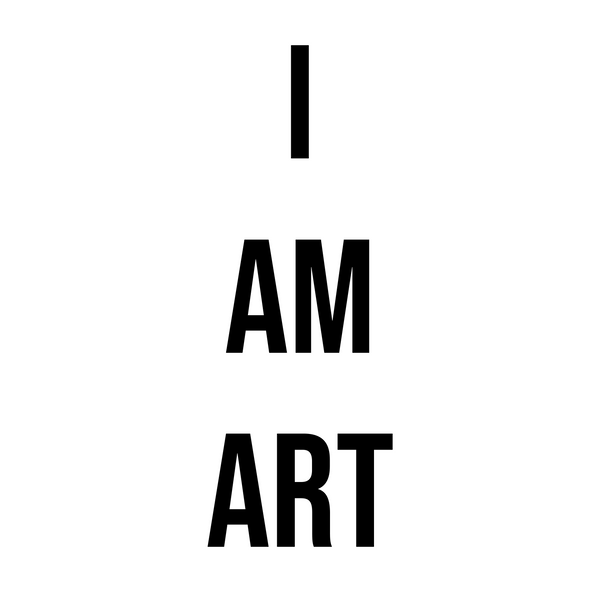Definition & Background:
Ancient Egyptian art was highly symbolic, serving religious, funerary, and political purposes. It adhered to strict conventions of proportion and perspective, often depicting figures in composite poses (profile heads with frontal torsos). Artists created murals, sculptures, jewelry, and monumental architecture that reflected Egyptian beliefs in the afterlife, divine kingship, and cosmic order (Ma’at).
Five Key Ancient Egyptian Artists / Artworks:
-
Imhotep (c. 2650–2600 BCE)
- Bio: Considered the first known architect and artist in history, Imhotep designed the first monumental stone structure in Egypt, later deified as a god of wisdom.
-
Notable Works:
- Step Pyramid of Djoser – The first large-scale pyramid, built at Saqqara.
- Djoser’s Burial Complex – Includes detailed relief carvings and mastabas.
-
Thutmose (c. 1350 BCE)
- Bio: The royal sculptor during the reign of Pharaoh Akhenaten, Thutmose is best known for creating one of the most iconic representations of Egyptian beauty.
-
Notable Works:
- Bust of Nefertiti – A famous limestone bust showcasing the queen’s elegance.
- Portrait of Akhenaten – A distinctively stylized depiction of the pharaoh.
-
The Scribe of the Seated Scribe (c. 2500 BCE)
- Bio: While the artist’s name is unknown, the Seated Scribe sculpture is one of the finest examples of realism in Egyptian art, showcasing high status through posture and detail.
-
Notable Works:
- The Seated Scribe – A realistic painted limestone statue, found in Saqqara.
- Statue of an Official – Another finely detailed portrait of a bureaucrat.
-
Senemut (c. 1479–1458 BCE)
- Bio: A high-ranking official and architect for Queen Hatshepsut, Senemut played a crucial role in designing monumental works.
-
Notable Works:
- Mortuary Temple of Hatshepsut – A grand temple carved into cliffs at Deir el-Bahari.
- Astronomical Ceiling of Senenmut’s Tomb – One of the earliest celestial maps.
-
Unknown Artists of the Book of the Dead (c. 1550 BCE – 50 BCE)
- Bio: Various scribes and artists created intricate papyrus illustrations depicting spells and guidance for the deceased in the afterlife.
-
Notable Works:
- The Papyrus of Ani – One of the most detailed versions of the Book of the Dead.
- Weighing of the Heart Scene – Depicts the judgment of souls in the afterlife.

